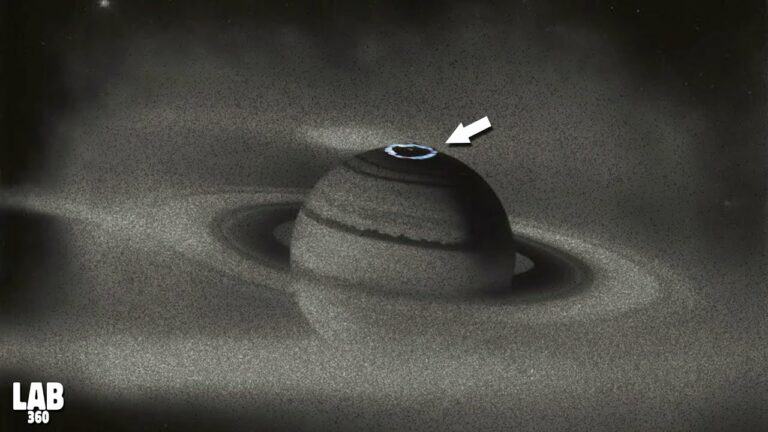James Webb Telescope’s Shocking Saturn Discovery – You Won’t Believe What We Found!
Saturn is one of the most iconic and recognizable planets in our solar system. Here’s a description of Saturn:
- Appearance: Saturn is often referred to as the “Ringed Planet” because of its stunning and distinctive ring system. These rings are made up of countless icy and rocky particles that orbit the planet. Saturn’s rings are one of the most prominent features visible through a telescope and give the planet its mesmerizing appearance.
- Size and Location: Saturn is the second-largest planet in our solar system, with a diameter of approximately 120,536 kilometers (74,898 miles). It is situated in the outer regions of the solar system, beyond Jupiter and before Uranus and Neptune.
- Composition: Like Jupiter, Saturn is a gas giant composed mainly of hydrogen and helium. It lacks a solid surface, and its gaseous atmosphere contains various elements and compounds, including methane and ammonia.
- Atmosphere: Saturn’s atmosphere features prominent cloud bands and storms. One of its notable features is the hexagonal-shaped storm at its north pole, which is a long-lasting and mysterious weather pattern.
- Moons: Saturn has a vast system of moons, with over 80 known natural satellites. Its largest moon, Titan, is the second-largest moon in the solar system and has a thick atmosphere, lakes of liquid methane and ethane, and a diverse landscape.
- Orbital Characteristics: Saturn takes approximately 29.5 Earth years to complete one orbit around the Sun. It has a prominent set of rings that extend far from its surface.
- Exploration: Saturn has been a target of exploration by several space missions, including the Cassini-Huygens mission, which operated from 2004 to 2017. Cassini provided detailed observations of Saturn’s rings, atmosphere, and moons, greatly expanding our understanding of this magnificent planet.
- Ring System: Saturn’s ring system is divided into several major rings and numerous narrower ringlets. The rings are composed primarily of water ice particles with some rocky material. They are thought to be the remnants of a moon or a moon-sized object that was shattered by tidal forces.
In summary, Saturn is a gas giant known for its stunning ring system, diverse moons, and unique weather patterns. It has played a significant role in our understanding of planetary science and continues to captivate astronomers and space enthusiasts alike.
This space telescope is amazing! In just one week, it has discovered something strange and new about Saturn that has surprised scientists worldwide. Be sure to watch this live update to find out what we found!
Over the course of the mission, Cassini made countless groundbreaking discoveries. It studied the composition of Saturn’s atmosphere, revealing intriguing details about its complex weather patterns and the famous hexagonal storm at its north pole. And now, the James Webb Telescope has used its powerful instruments and cutting-edge technology to study Saturn in ways never before possible.
Do not forget to share your opinion with us to provide you with the best posts !




0 Comments